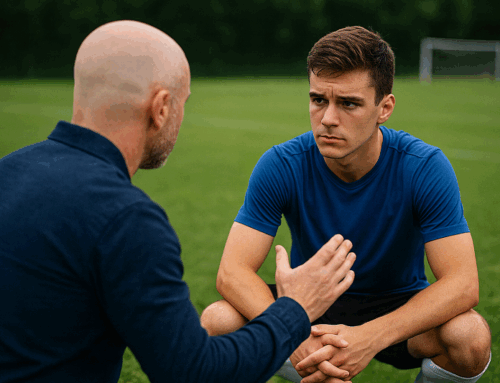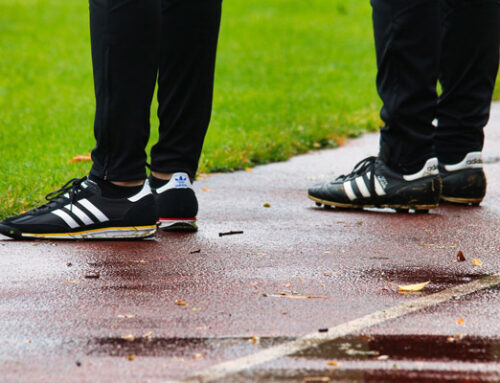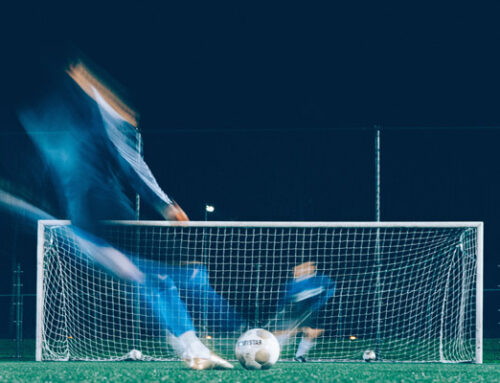What is Resource Anchoring?
Resource anchoring is a mental preparation technique aimed at activating a specific mental state that is useful for performing well in competition or training: enhancing concentration, motivation, serenity, calmness, self-confidence, etc.
The technique involves a “trigger“, which can be a behavior, an image, or a word, for example, that the athlete will use to activate the desired internal state. There is a procedure to associate the desired mental state (e.g., self-confidence) with the trigger (e.g., clenching the fist).
How to Train Resource Anchoring?
Being guided by a mental coach is necessary. However, if you are already familiar with mental preparation techniques, such as imagery, sophrology, or other psycho-corporal techniques, you can try doing the exercise on your own. In any case, it’s important to follow the program and practice anchoring regularly.
-
Identify the mental state you want to activate: concentration? self-confidence? competitiveness?…
The choice is obviously significant and depends on your competition needs. Choose a mental state based on a specific goal. -
Recall a moment from your past when you felt this mental state particularly positively.
For instance, if you chose self-confidence, think of a competition memory where you felt strong self-confidence and significant success in your technique. You can also choose a situation unrelated to your sport. - Select a trigger, which can be a word, a behavior, or an image that could remind you of this memory and reconnect you with the sensation linked to the mental state.
- Practice the following exercise (example for self-confidence):
- Choose a quiet place where you can sit down and won’t be disturbed. This is important when practicing the exercise for the first few times.
- Close your eyes, become aware of the sensations of contact between your body and the chair, the ground… Then do 1 to 2 minutes of belly breathing…
- Once you are a bit more centered on yourself, let images come from a memory where you felt completely self-confident: imagine where you were, what you saw: the environment, people, objects, colors; imagine what you were doing… As if you were there, try to feel your sensations, movements,… activating all the positive aspects… maybe you can hear certain sounds… or feel the sensations of contact between your body and things you touch or come into contact with… Relive the situation and fully feel this self-confidence…
- When you feel this self-confidence sensation well, you can activate your trigger: a word, a gesture, or an image that you will use in the future to reactivate this state: perform this movement or repeat this word several times in your mind…
- Come back to the present moment by becoming aware of the contact of your body with the chair and the ground… Reactivate by taking several deep breaths, moving your hands, arms, and opening your eyes…
Resource Anchoring, a Mental Training
You should repeat this exercise about three times on the first day. Then, for a good week (at least 7 days), practice your anchoring again each day (for 3 to 5 minutes).
This is essential if you want to create the association between the trigger and the desired mental state.
Afterward, you can use the trigger in a situation (e.g., during a competition). This means you will use your chosen word or perform your gesture that will activate the desired mental state.
All mental preparation tools need practice.
If you’re not familiar with this type of practice, consulting a mental coach is necessary, as they will help you establish appropriate tools and guide you through your training. These tools can then be used autonomously.
Anchoring Followed by Mental Imagery (Competition Preparation)
Resource anchoring can be used as a preparation step before a session of positive mental imagery to prepare for a competition. After doing your anchoring exercise, you can anticipate your upcoming competition by imagining certain key moments that might occur (before the competition, at the beginning, at a crucial moment…) where you activate your technical, physical, and mental potential.
More articles related to this theme:




